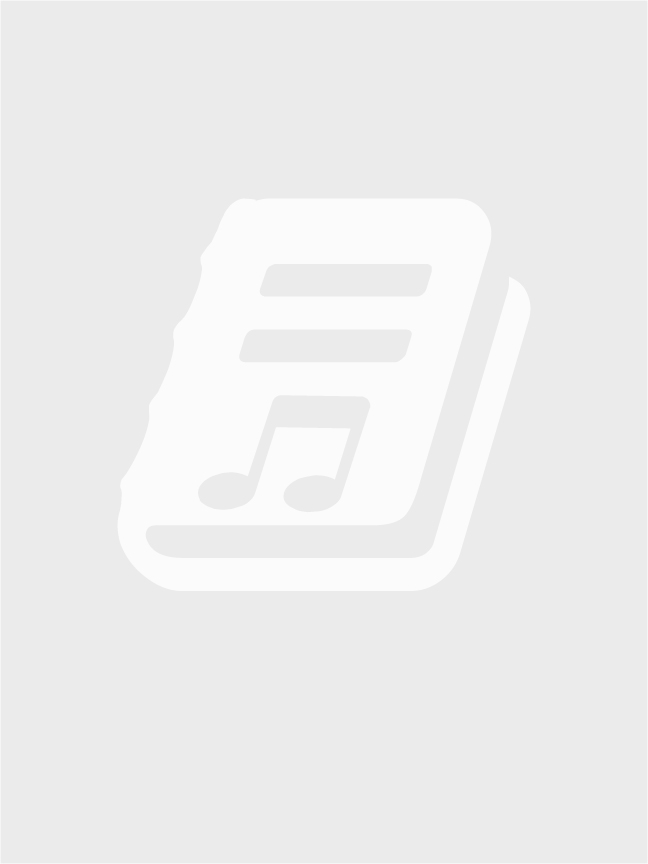Four Images
for Orchestra
Stephen Jaffe (composer)
Piccolo, Celesta, Flute, Alto Flute, Oboe 1, Oboe ...
Instrumentation
- Piccolo
- Celesta
- Flute
- Alto Flute
- Oboe 1
- Oboe 2
- English Horn
- Clarinet 1 in B
- Clarinet 2 in B
- Bass Clarinet in B
- Bassoon 1
- Bassoon 2
- Contrabassoon
- Horn 1 in F
- Horn 2 in F
- Horn 3 in F
- Horn 4 in F
- Trumpet 1 in B
- Piccolo Trumpet in B
- Trombone 1
- Trombone 2
- Tuba
- Percussion 1
- Percussion 2
- Percussion 4
- Piano
- Harp 1
- Harp 2
- Violin 1
- Violin 2
- Viola
- Violoncello
- Contrabass
Score and Parts
Available on Rental
Rental
SKU
116-41704
"Four Images for Orchestra" was written in 1982 and 1983, and was my second set of Images. The first, "Three Images" (1979), for chorus, soloists, and instruments, was set to poems of Lorca, Whitman and and the Swedish poet Harry Martinson. In that piece, my musical images arose from poetic texts. By contrast, the title "Four Images" refers to four interrelated symphonic pieces, images in their own right. The four movements share thematic materials in contrasting manners: each movement discreetly focuses on different aspects of this material, much as a photograph, or a silent film taken in different seasons or in different years might reveal unforeseen aspects of the same image. To some listeners my music may suggest the arcane grandness of nature (No. 1), the violence of a summer storm which approaches, passes, and subsides (No. 2), a brief life serenely remembered (No. 3), or a rising to the surface of remembered strains (No. 4). However, there is no connection with text, and listeners will undoubtedly come up with their own imagistic musings. For me, a musical image may be an idea or a way of working as well as a sound or texture evocative of something less tangible.
"Intrada", the first image, comprises four main sections, the first three of which are separated by orchestral tuttis The movement alternates between music which is primarily melodic, such as the horn solo which opens the piece, and primarily rhythmic, such as that which is introduced about three minutes into the piece by the harps, brass, and percussion. Rather than repeat, thematic materials are continued and developed, like verses in a poem. For example, the horn's opening solo is in turn punctuated by the full orchestra, developed by other instruments, and transformed against the counterpoint of the rhythmic theme. After a third climactic statement by the full orchestra, a final transformation if the opening material is heard to the accompaniment of strings and quietly shifting harp pulses.
The second movement, "Tempests" (marked "Wild, Stormy, With Primitive Energy"), is also the scherzo of the set. A modified scherzo-trio-scherzo in form, this impetuous and greatly physical music is a tour de force for the orchestra, requiring power and brilliance, but also tremendous agility from the orchestra.
The third movement, "Afterimage", bears the subtitle "In Memory of Andrew D. Silk (1953-1981)". Underlining its memorial reference, the title also refers to the canonic way in which the instrumental colors and slowly moving harmony of this brief movement evolve. This image has a pure, transparent quality, and a somewhat formal tone.
The fourth and final movement paraphrases the melodic and rhythmic material of the first image, "Intrada", in various ways suggested of the plural, such as the overlapping of rhythmic and melodic strata, and the restatement of ideas in a kind of collective voice (hence the title "Melodies"). Great moments of clarity occur when disparate strains coalesce into intensely melodic statements.
One other guide to the listeners will perhaps be the orchestra itself. The strings, harps, and percussion are divided into two groups which sit to the conductor's right and left. Frequently the musical discourse is antiphonal. The twin groups echo, contradict, and comment on one another as much as they play together. The first movement of this score, which calls from brass and winds in threes, four percussion, and two harps, piano, celesta, and strings, was performed as a work in progress by the Orchestra della Radiotelevisione Romane (RAI of Rome), Massimo Pradella, conducting, in July, 1982. The first complete performances were given by Hugh Wolff and the New Jersey Symphony, March 17-20, 1988.
SKU: 116-41704
Ensemble: Full Orchestra
Duration: 21:00
Publisher: Merion Music, Inc.
Delivery Method: Print
Product Type: Score and Parts
Ensemble: Full Orchestra
Duration: 21:00
Publisher: Merion Music, Inc.
Delivery Method: Print
Product Type: Score and Parts
I - Intrada
II - Tempests
III - Afterimage
IV - Melodies

